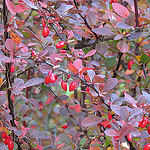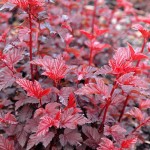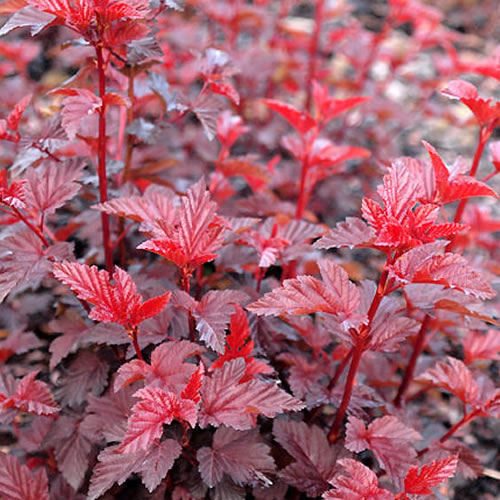In New York and around the world, invasive plants rank among the top reasons that the stability of native ecosystems are under threat. Consider the prickly barberries that swallow woodland understories whole. The Norway maples that outcompete sugar maples and out-shade wildflowers. The — well, let’s just stop. Because it doesn’t get better.

Sure, those plants might look good in your backyard or hedging the sidewalk, but their seeds have sneaky ways of getting around. Maintaining the value and beauty of woodlands, parks, and farms where invasives abound gets expensive fast. Which is why New York law now regulates and prohibits the sale of these and other invasive plants.
The good news? At NYS IPM we’ve got a great list of plants that’ll do the job you want just as well. Here you’ll find plants similar in appearance and cultural requirements to the invasives they replace — while bringing their own subtle brand of shade, grace, or fragrance to the places you want.

Many are native to the Northeast; among those that aren’t, none are considered invasive. And many of these alternatives are readily available at local nurseries. While most are hardy in much of New York and the Northeast, follow core IPM practices by checking your hardiness zone — and your site’s soil, air and water drainage, microclimate, and other cultural factors.
